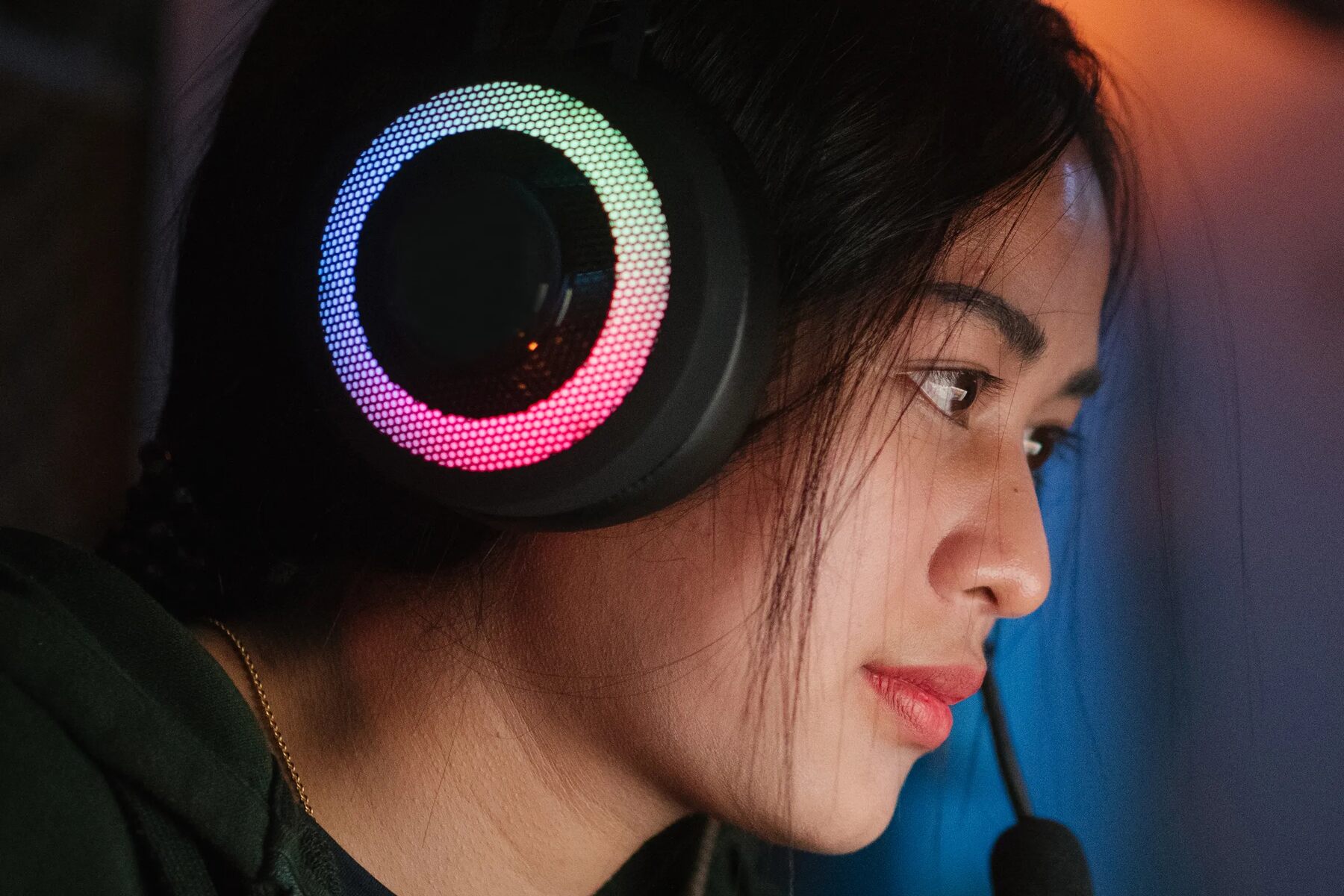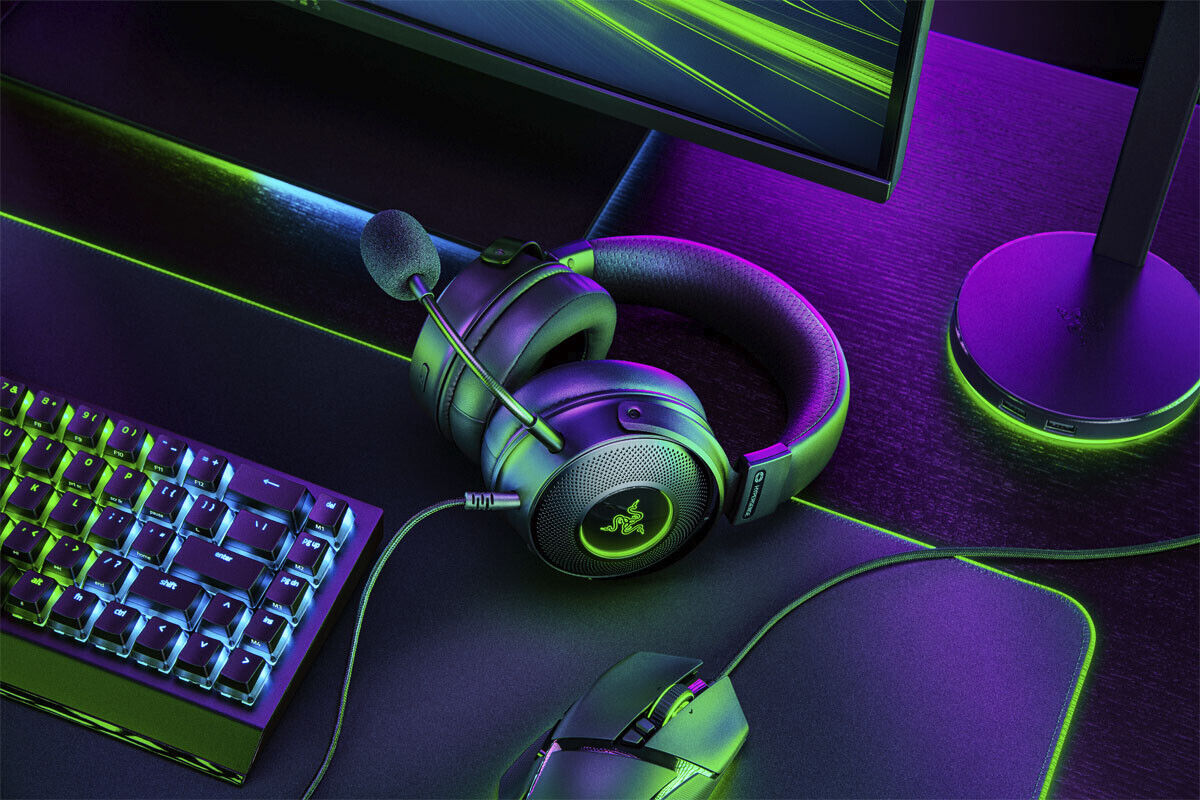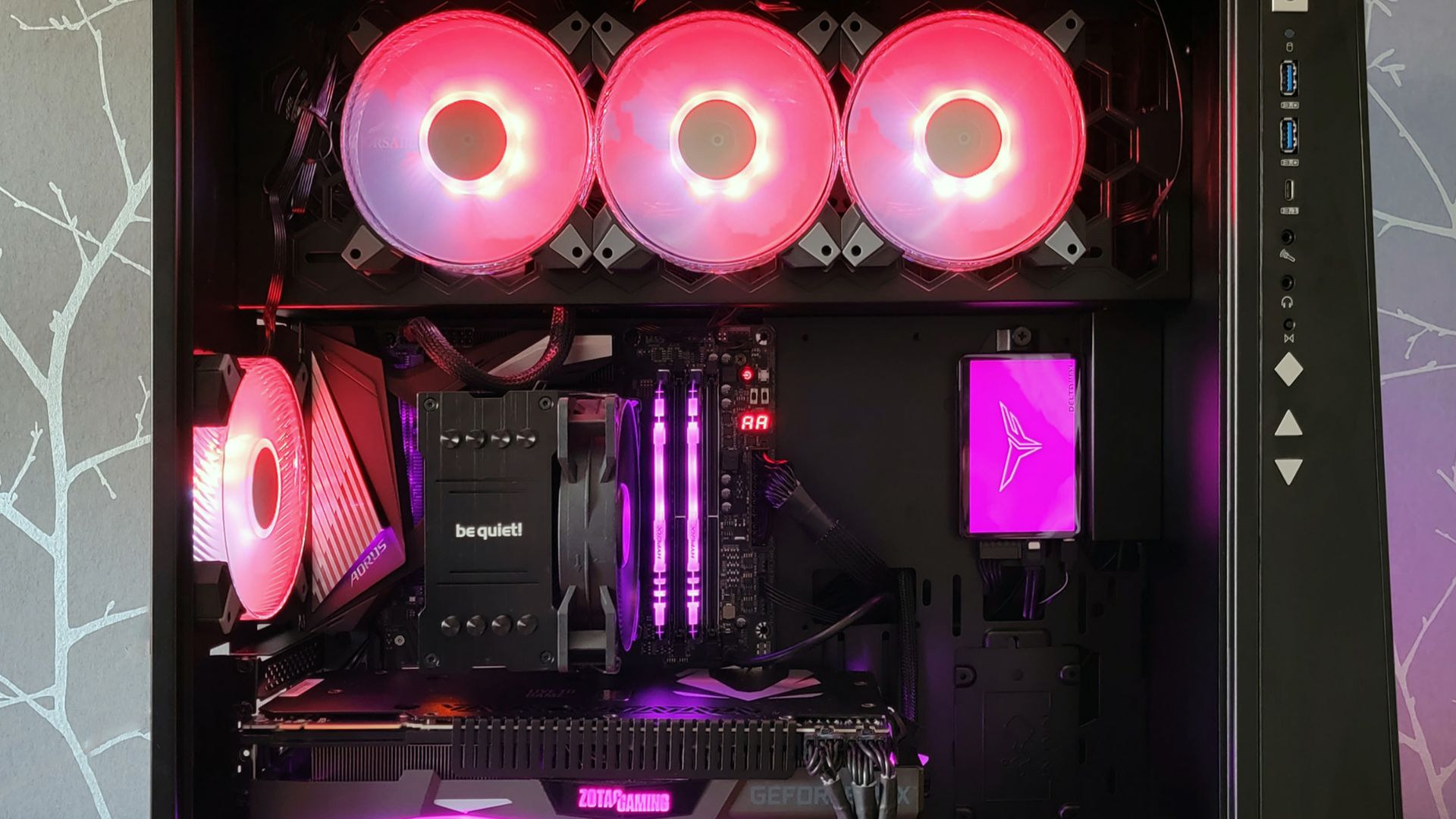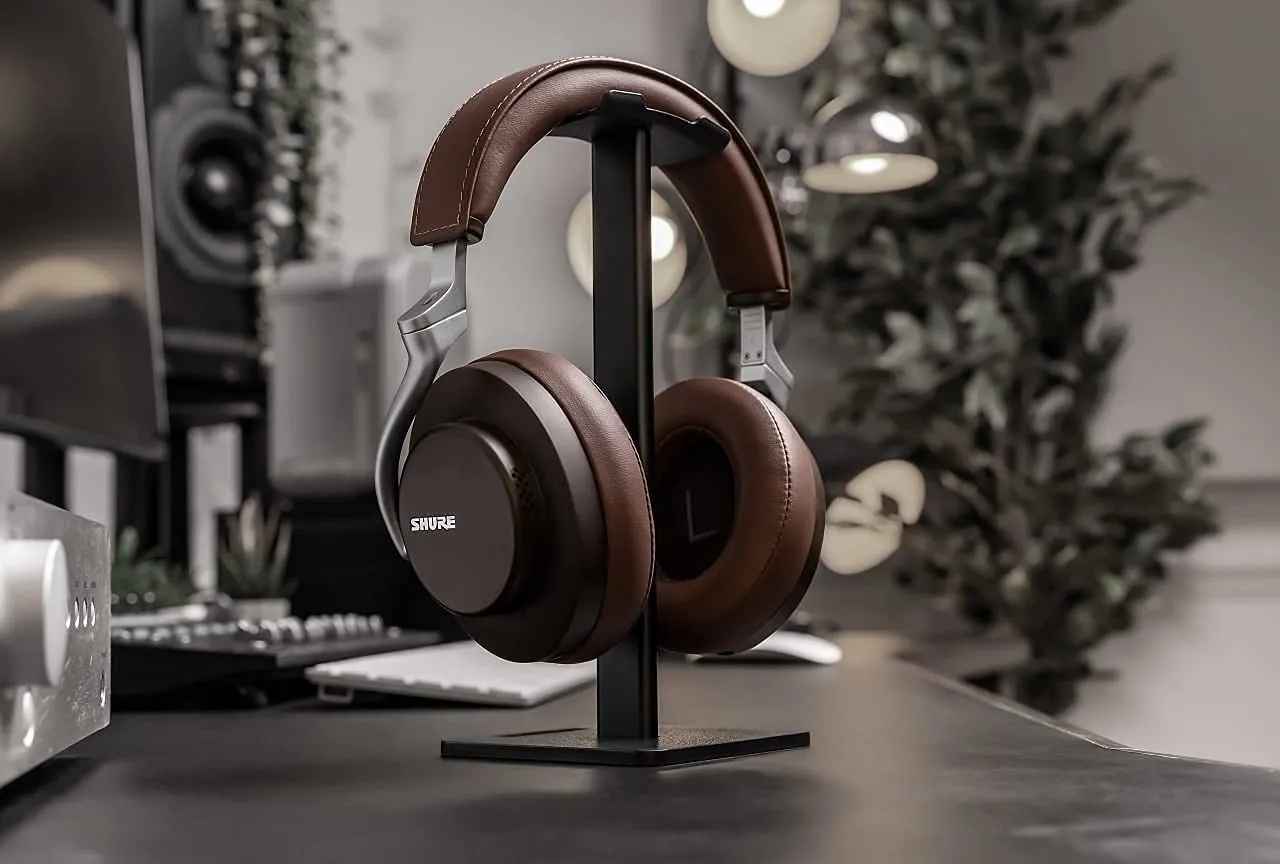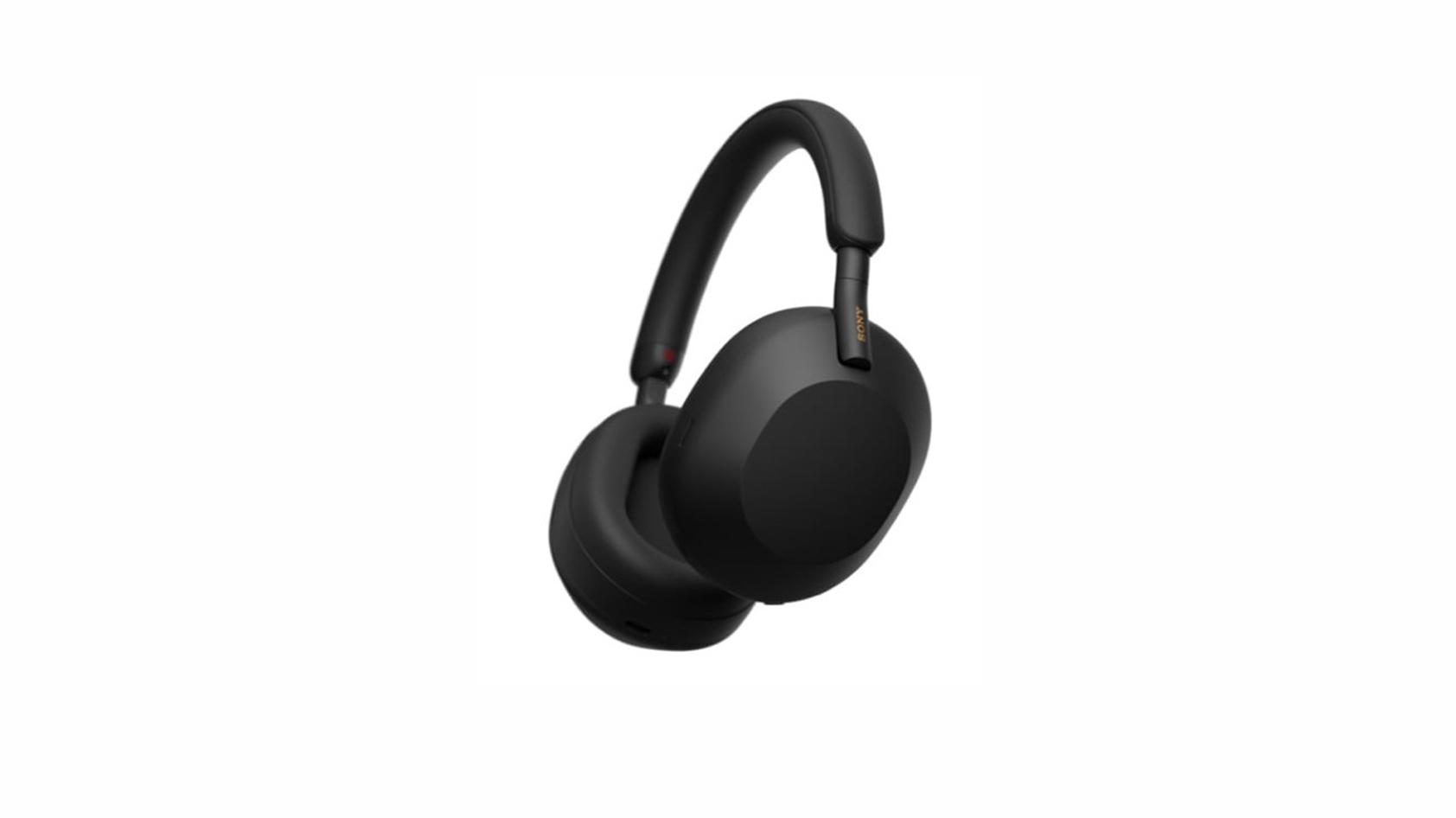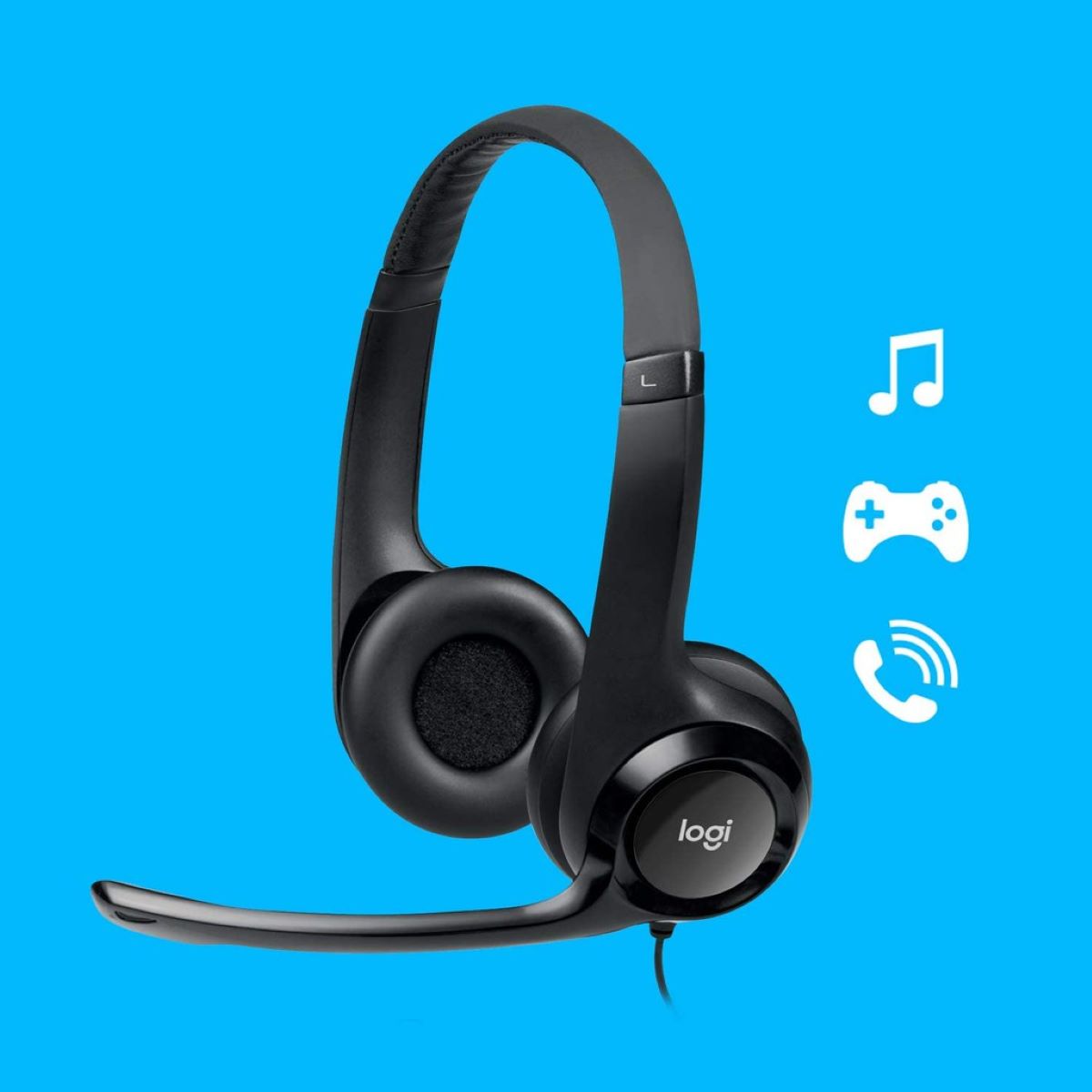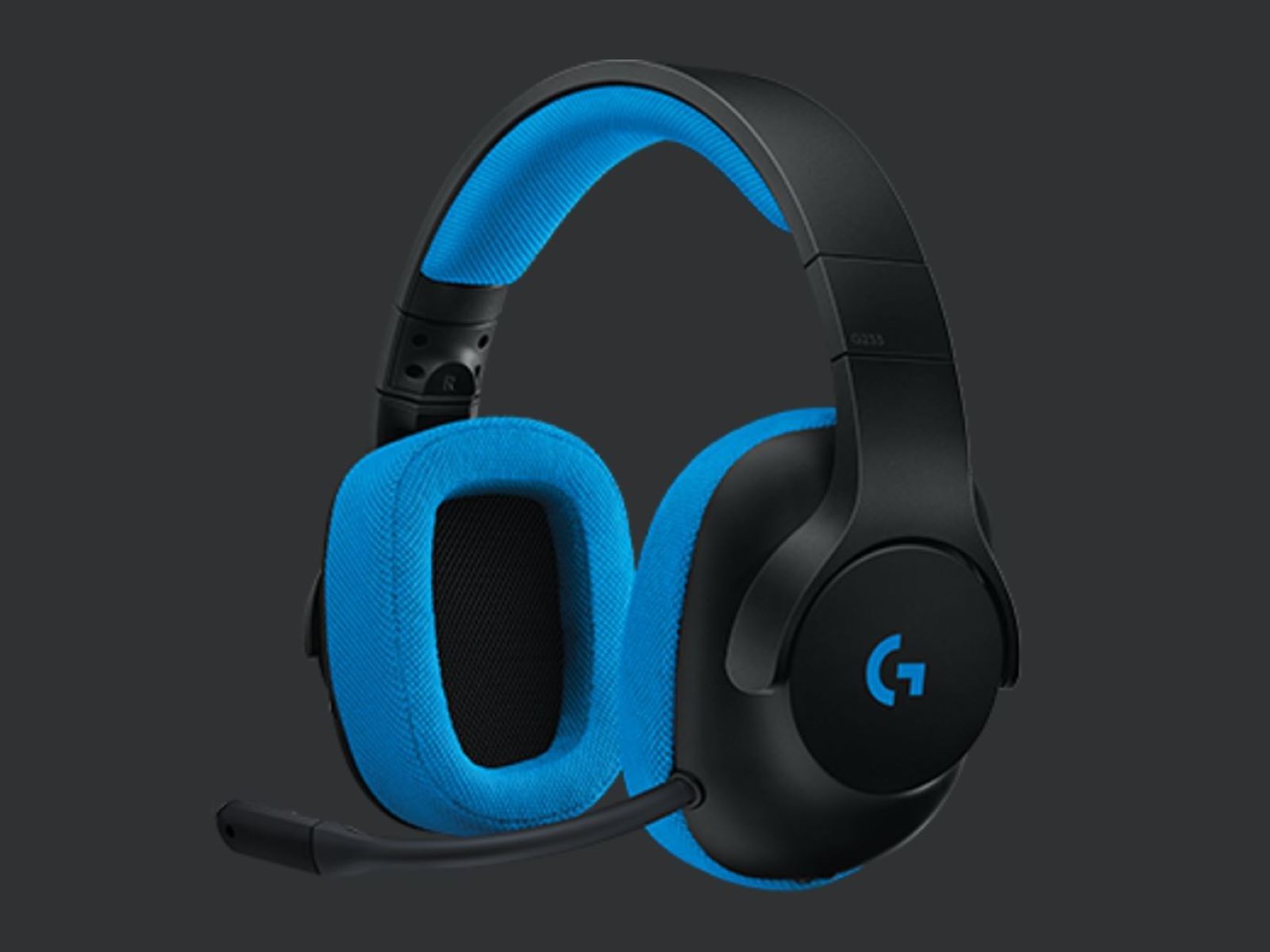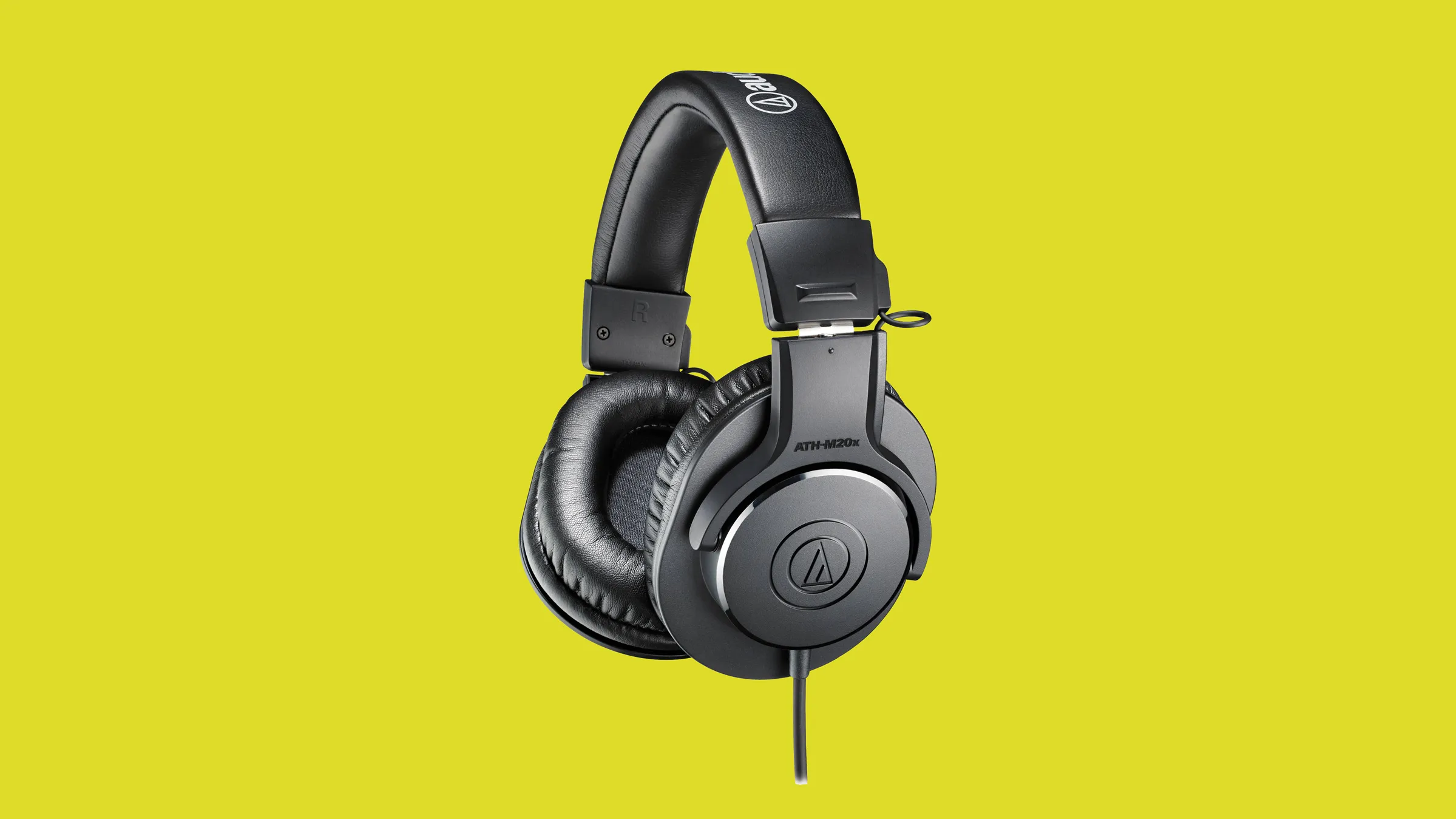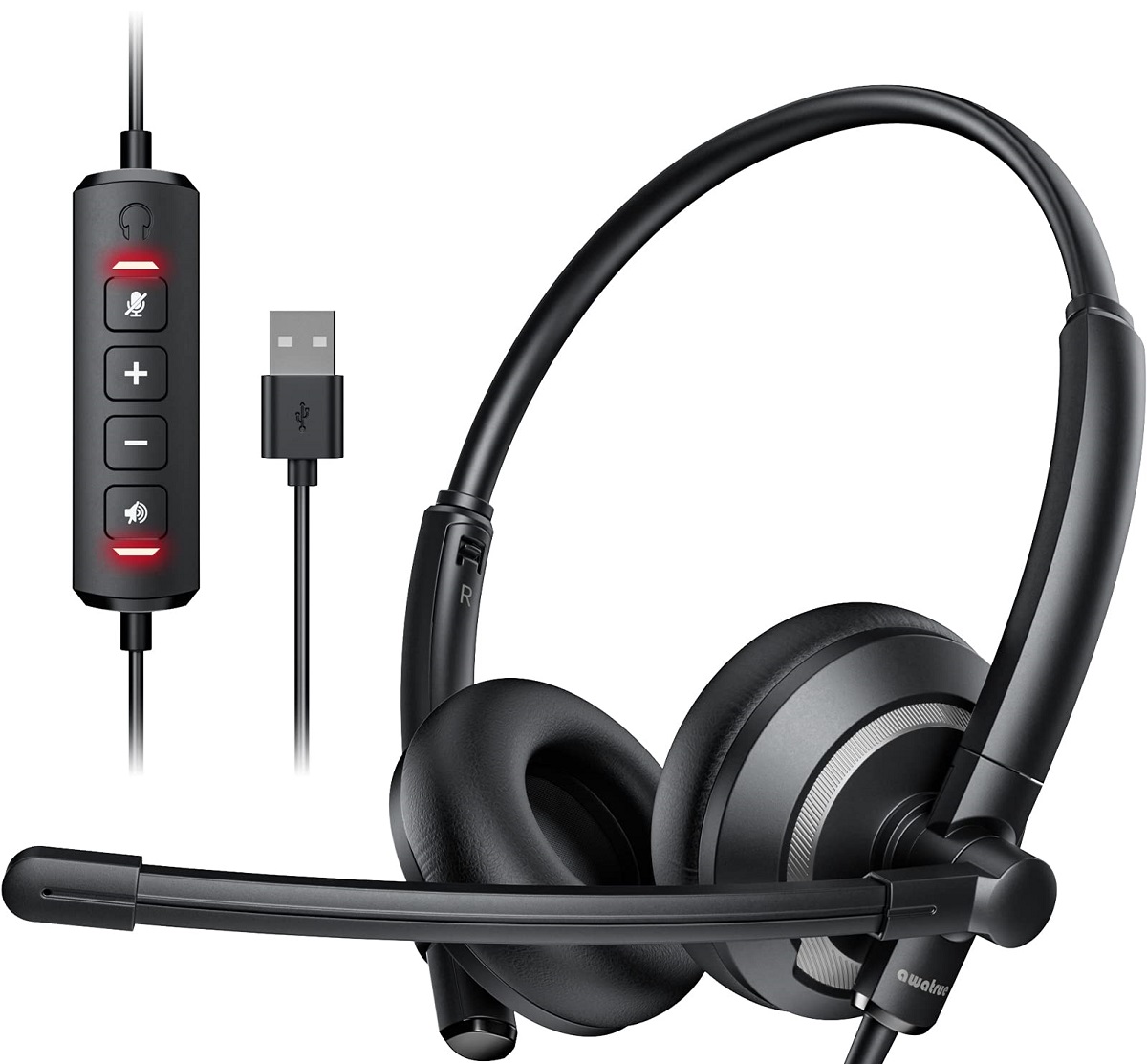Introduction
Are you an avid gamer looking to communicate with your teammates while playing on your laptop? A gaming headset with a microphone is an essential tool for clear and effective communication during intense gaming sessions. However, if you've encountered issues getting your gaming headset mic to work on your laptop, don't fret. This guide will walk you through the troubleshooting steps to ensure that your gaming headset mic functions seamlessly with your laptop, allowing you to engage in immersive gaming experiences and seamless communication with fellow gamers.
A reliable gaming headset can significantly enhance your gaming experience by providing crystal-clear audio and seamless communication capabilities. Whether you're engaging in multiplayer battles or immersing yourself in the captivating narratives of single-player campaigns, a functional gaming headset mic is crucial for effective communication and coordination with other players.
In this comprehensive guide, we'll explore various troubleshooting methods to help you get your gaming headset mic to work on your laptop. From checking the connection to updating audio drivers and utilizing USB adapters, we'll cover a range of practical solutions to address potential issues. By following these steps, you can optimize your gaming setup and ensure that your gaming headset mic operates flawlessly, allowing you to immerse yourself in the captivating world of gaming without any technical hindrances.
Now, let's delve into the troubleshooting process and equip you with the knowledge and techniques needed to resolve any issues hindering the functionality of your gaming headset mic on your laptop. With the right approach and a bit of technical know-how, you'll soon be back in the game, communicating effectively with your gaming allies and enjoying a seamless gaming experience.
Check the Connection
Before delving into complex troubleshooting methods, it’s essential to start with the basics. Begin by checking the physical connection of your gaming headset to your laptop. Ensure that the headset’s audio and microphone jacks are securely plugged into the corresponding ports on your laptop. If your gaming headset utilizes a USB connection, verify that the USB plug is inserted firmly into a functional USB port on your laptop.
Inspect the headset’s cables for any signs of damage or wear, as frayed or damaged cables can lead to connectivity issues. If you notice any damage, consider replacing the headset’s cables or utilizing a cable management solution to prevent further wear and tear.
Additionally, if your gaming headset features an inline volume control or microphone mute switch, check these components for any physical damage or debris that may be obstructing the functionality. Ensure that the volume control is not set to zero and that the microphone mute switch is in the correct position to enable microphone input.
Once you’ve confirmed the physical connection of your gaming headset, proceed to the next troubleshooting steps to further diagnose and resolve any potential issues affecting the functionality of the headset’s microphone on your laptop.
Adjust the Sound Settings
Proper configuration of sound settings is crucial for ensuring that your gaming headset microphone functions seamlessly with your laptop. Begin by accessing the sound settings on your laptop and verifying that the correct input and output devices are selected.
1. Input Device Selection: Navigate to the sound settings on your laptop and ensure that the gaming headset microphone is selected as the default input device. This step is essential for directing the microphone input to the desired application or communication platform, such as in-game voice chat or third-party communication software.
2. Microphone Volume and Sensitivity: Adjust the microphone volume and sensitivity settings to optimize the audio input levels. Depending on your operating system, you can typically adjust these settings within the sound control panel or system settings. Test the microphone input by speaking into the headset to gauge the audio levels and make necessary adjustments to ensure clear and consistent input.
3. Communication and App-Specific Settings: Some applications and games feature specific sound settings that may override the system-level configurations. Verify the sound settings within the gaming application or communication software to ensure that the gaming headset microphone is selected as the primary input device. Additionally, check for any in-game microphone volume settings that may impact the overall audio input levels.
By meticulously adjusting the sound settings on your laptop and within specific applications, you can optimize the functionality of your gaming headset microphone, ensuring that it delivers clear and reliable audio input during gaming sessions and communication with other players.
Update Audio Drivers
Outdated or corrupted audio drivers can often lead to compatibility issues and hinder the proper functioning of external audio devices, including gaming headsets. To address potential driver-related issues, it’s essential to ensure that your laptop’s audio drivers are up to date.
1. Device Manager: Access the Device Manager on your laptop and navigate to the “Sound, video, and game controllers” section. Here, you can locate the audio device or sound card associated with your laptop’s audio output and microphone input. Right-click on the audio device and select “Update driver” to initiate the driver update process.
2. Automatic Driver Updates: Many operating systems offer automatic driver update functionality, allowing your system to search for and install the latest driver updates for your audio devices. Enable automatic driver updates in your system settings to ensure that your audio drivers remain current and compatible with external audio peripherals, such as gaming headsets.
3. Manufacturer’s Website: Visit the official website of your laptop’s manufacturer or the website of the audio chipset manufacturer to manually download and install the latest audio drivers for your specific laptop model. By obtaining the drivers directly from the manufacturer’s website, you can ensure that you have the most compatible and optimized drivers for your audio hardware.
Regularly updating your laptop’s audio drivers can not only resolve potential compatibility issues with gaming headsets but also improve overall audio performance and stability. By staying proactive in maintaining updated drivers, you can mitigate many common audio-related issues and ensure a seamless gaming and communication experience with your gaming headset.
Use a USB Adapter
If your laptop lacks dedicated audio and microphone jacks or if you encounter connectivity issues with the built-in audio ports, utilizing a USB adapter can serve as a practical solution to facilitate the seamless integration of your gaming headset with your laptop.
1. USB Sound Card Adapter: Consider acquiring a USB sound card adapter that features separate audio input and output ports, as well as a dedicated microphone input. This type of adapter can bypass potential issues with the laptop’s integrated audio jacks and provide a reliable USB-based audio interface for your gaming headset. Simply plug the adapter into an available USB port on your laptop, and then connect your gaming headset to the adapter’s audio and microphone ports.
2. USB Audio Interface: For enhanced audio capabilities, especially if you require high-fidelity audio output or advanced microphone input features, you can explore USB audio interfaces designed for gaming and communication purposes. These interfaces often offer superior audio processing and customizable input/output options, providing a versatile solution for integrating professional-grade audio equipment, including gaming headsets, with your laptop.
3. Compatibility and Plug-and-Play Functionality: USB audio adapters and interfaces typically offer plug-and-play functionality, allowing for seamless integration with your laptop without the need for complex setup procedures. Verify the compatibility of the USB adapter or interface with your operating system, and ensure that the necessary drivers, if any, are installed to support the device’s features and functionality.
By incorporating a USB adapter or interface into your gaming setup, you can overcome potential limitations associated with your laptop’s built-in audio ports and ensure reliable connectivity for your gaming headset’s audio and microphone components. This approach not only provides a practical workaround for connectivity issues but also opens up opportunities to enhance your audio experience while gaming and communicating with fellow players.
Test the Mic on Another Device
When encountering persistent issues with your gaming headset mic on your laptop, it’s beneficial to isolate the source of the problem by testing the microphone on another compatible device. This troubleshooting step can help determine whether the issue lies with the gaming headset itself or with the laptop’s configuration and compatibility.
1. Alternate Device Testing: Connect your gaming headset to a different device, such as another laptop, desktop computer, or gaming console, that supports the headset’s audio and microphone connections. By doing so, you can assess whether the microphone functions properly on an alternative device, ruling out potential hardware issues with the headset itself.
2. Microphone Input Verification: On the alternate device, access the sound settings or recording applications to verify that the microphone input from the gaming headset is detected and operational. Speak into the microphone to confirm that audio input is being registered and that the headset’s microphone is functioning as intended on the alternate device.
3. Comparative Analysis: If the gaming headset microphone performs as expected on the alternate device, it indicates that the headset is likely functioning correctly, and the issue may be related to the configuration or compatibility of your laptop. Conversely, if the microphone exhibits similar issues on the alternate device, it suggests a potential hardware or microphone-specific issue that may require further troubleshooting or replacement.
By testing the gaming headset microphone on another device, you can gather valuable insights into the root cause of the functionality issues you’ve encountered on your laptop. This method allows you to make informed decisions regarding potential hardware replacements, software configurations, or compatibility adjustments to ensure that your gaming headset mic operates reliably and seamlessly with your preferred gaming platform.
Conclusion
Successfully configuring and troubleshooting your gaming headset microphone to work seamlessly with your laptop can significantly enhance your gaming and communication experiences. By following the comprehensive troubleshooting methods outlined in this guide, you’ve gained valuable insights into addressing potential connectivity, configuration, and compatibility issues that may impact the functionality of your gaming headset mic.
From checking the physical connection of your gaming headset to adjusting sound settings, updating audio drivers, and considering the use of USB adapters, you’ve explored a range of practical solutions to ensure that your gaming headset mic operates reliably and delivers clear audio input during gaming sessions and communication with fellow players.
It’s important to approach troubleshooting with patience and a methodical mindset, as identifying and resolving technical issues often requires a systematic approach and attention to detail. By testing the gaming headset microphone on an alternate device, you’ve gained valuable insights into isolating potential hardware or configuration-related issues, empowering you to make informed decisions regarding potential solutions and optimizations.
Ultimately, the successful integration of your gaming headset microphone with your laptop contributes to a more immersive and enjoyable gaming experience, allowing you to engage in seamless communication with teammates, immerse yourself in captivating audio landscapes, and fully embrace the interactive world of gaming.
Armed with the knowledge and troubleshooting techniques provided in this guide, you can confidently address any challenges related to your gaming headset microphone and optimize its functionality, ensuring that you’re well-equipped to enjoy uninterrupted gaming sessions and effective communication in the virtual realms you explore.







